When was the last time you had your roof inspected
For many homeowners, the roof is out of sight and therefore out of mind. Yet it is one of the most important components of the house, shielding everything beneath it from the elements. Regular roof inspections are essential to ensure safety, efficiency, and long-term durability.
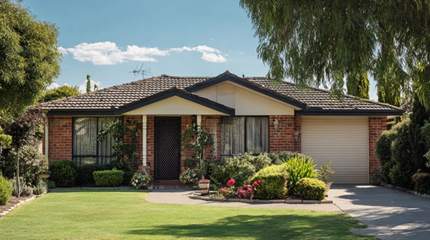
Unfortunately, many people only think about their roof when leaks or damage become obvious. By that stage, repairs are often more extensive and costly. Routine inspections help identify small problems before they escalate into major issues. They also extend the lifespan of roofing materials, keeping warranties valid and reducing long-term expenses. The question is: when was the last time you had your roof inspected? If the answer is more than a year ago, it may already be overdue. This article explores why regular roof inspections are so important and how often they should be done.
The Recommended Frequency of Roof Inspections
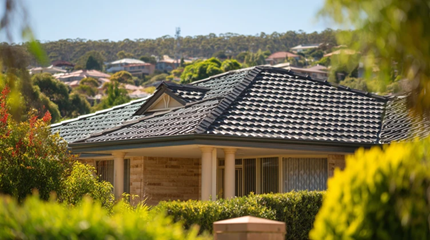
Roof inspections should be conducted on a regular basis, not just after a problem arises. Most experts recommend checking your roof at least twice a year, ideally in spring and autumn. This timing helps prepare the home for seasonal weather changes. Additional inspections are advised after storms, heavy rain, or hail. The age and material of the roof also affect how often it should be checked, as older roofs are more prone to damage. Professional inspections provide a more thorough assessment than a simple visual check from the ground. Skipping inspections risks voiding warranties and leading to costly repairs.
General guidelines for roof inspections:
- Twice a year: spring and autumn.
- After major weather events.
- More frequent checks for older roofs.
- Inspections tailored to roof type and material.
- Use certified contractors for accuracy.
- Keep records for warranty purposes.
Following these guidelines ensures small issues are caught early, avoiding expensive repairs and premature replacement. Consistency is key to roof durability. More info: https://www.tumblr.com/darrencormack .
What Inspectors Look For During a Visit
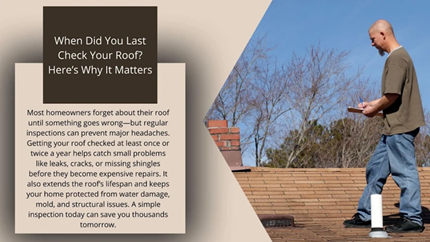
Professional roof inspectors know where to find the problems that homeowners often miss. They check for missing, cracked, or curling shingles, loose flashing, and damaged sealants. Inspectors also look for signs of water penetration, such as stains or mold in the attic. Gutters and downspouts are examined for clogs and structural integrity. In addition, inspectors evaluate ventilation, as poor airflow can reduce efficiency and accelerate material wear. They may also check for early signs of rust on metal roofs or cracks in tile systems. These detailed assessments help create a clear picture of the roof’s condition.
Table: Common Issues Found During Roof Inspections
| Issue | Typical Cause | Potential Consequences |
| Missing Shingles | Wind or aging | Leaks, water infiltration |
| Damaged Flashing | Poor installation, weathering | Structural leaks, mold growth |
| Blocked Gutters | Debris accumulation | Overflow, foundation damage |
| Poor Ventilation | Inadequate airflow | Reduced efficiency, moisture buildup |
| Rust/Corrosion | Moisture exposure | Weakening of metal panels |
| Cracked Tiles | Impact or weather stress | Leaks, structural weakness |
The Cost of Neglecting Roof Inspections
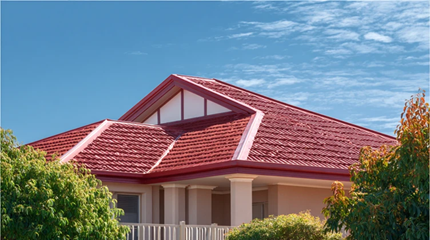
Delaying or skipping roof inspections often leads to higher long-term costs. Small cracks or leaks that go unnoticed can spread, damaging insulation, walls, and ceilings. Water damage often results in mold growth, which adds to repair expenses and health risks. Neglected gutters can overflow, causing foundation erosion. Even structural integrity can be compromised if problems persist for too long. Regular inspections are inexpensive compared to emergency repairs. In many cases, homeowners spend thousands fixing damage that could have been prevented with timely maintenance. Find out more: https://vocal.media/authors/sojoso9469 .
The Role of Roof Inspections in Home Value
Roof condition has a direct impact on property value and resale potential. A well-maintained roof reassures buyers that the home is structurally sound. On the other hand, visible wear or recent leaks can reduce value significantly. Roof inspections not only maintain function but also provide documentation of upkeep. This record can be presented during sales to increase buyer confidence. For homeowners planning to stay long-term, inspections still add value by preventing premature replacements. Simply put, a roof in good condition is both a protective and financial asset. More insights: https://profiles.xero.com/people/darrencormack .
Balancing Professional and Homeowner Inspections
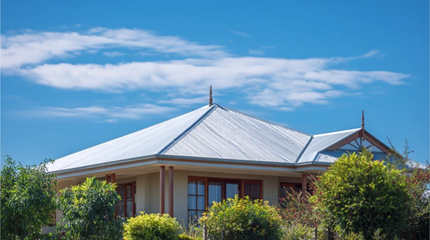
While professional inspections are crucial, homeowners can also perform basic visual checks. Walking around the property and looking for missing shingles, clogged gutters, or sagging areas can reveal early problems. Binoculars or drones allow safe inspections without climbing onto the roof. However, professionals are trained to spot less obvious issues that require expertise. A balance between homeowner vigilance and professional assessment provides the best protection. Regular homeowner checks help catch surface issues, while professional visits ensure deeper problems are addressed. Together, they create a comprehensive approach to roof care.
Why Insurance and Warranty Coverage Depend on Inspections
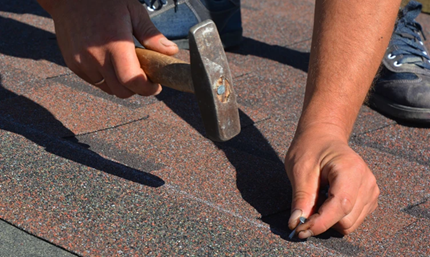
One often overlooked aspect of roof inspections is their role in insurance and warranty claims. Many manufacturers require proof of regular inspections to keep warranties valid. Insurance companies may also deny coverage if homeowners cannot show evidence of proper upkeep. Inspections serve as documentation that the roof was maintained responsibly. This proof can make the difference between a successful claim and paying out-of-pocket. For this reason, keeping inspection records is just as important as the inspection itself. Documentation provides both financial protection and peace of mind.
The roof is too important to leave unchecked, yet many homeowners underestimate the value of regular inspections. Twice-yearly professional visits, combined with basic homeowner checks, create a solid maintenance routine. Inspections identify hidden issues like leaks, ventilation problems, or structural weaknesses before they become major repairs. They also protect warranties, strengthen insurance claims, and preserve property value. Neglecting this simple task often leads to higher costs, health risks, and reduced roof lifespan. Regular inspections are far less expensive than emergency repairs. A well-maintained roof provides safety, comfort, and long-term savings. The question isn’t whether you can afford inspections — it’s whether you can afford not to have them. Ultimately, the habit of routine roof care is an investment in your home’s future.
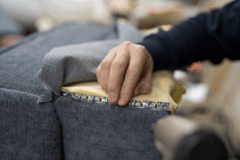

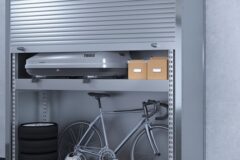

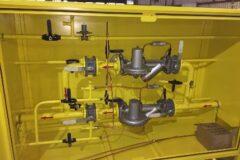


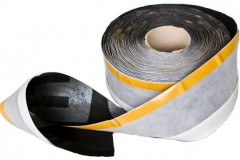

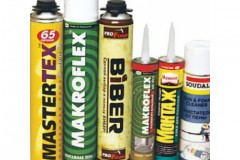


Оставить комментарий